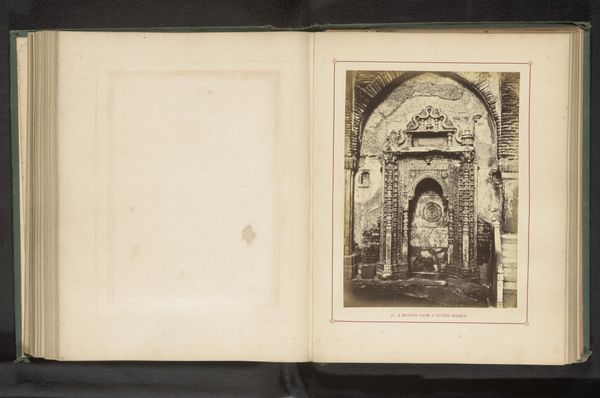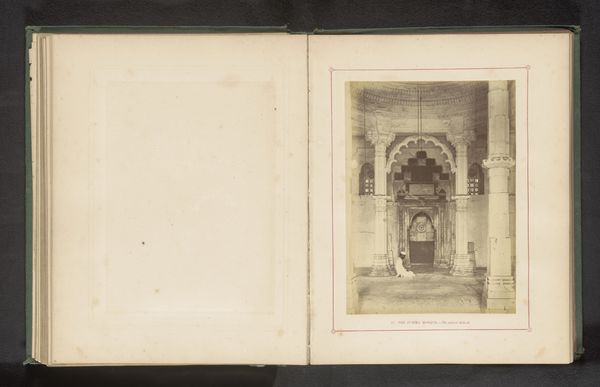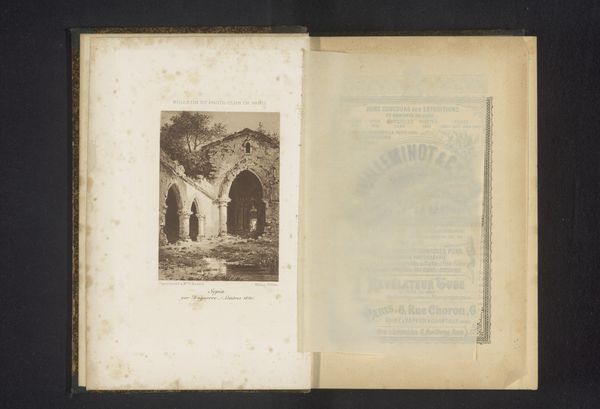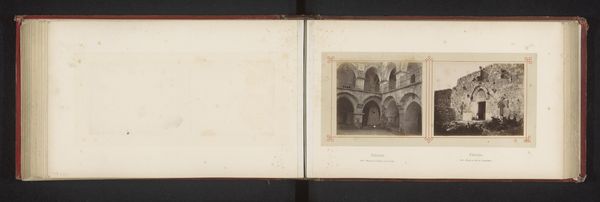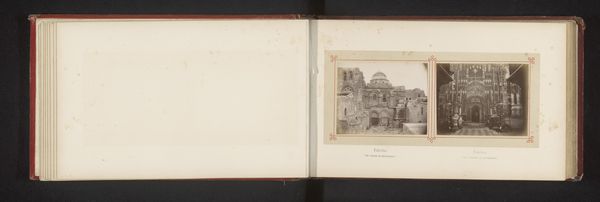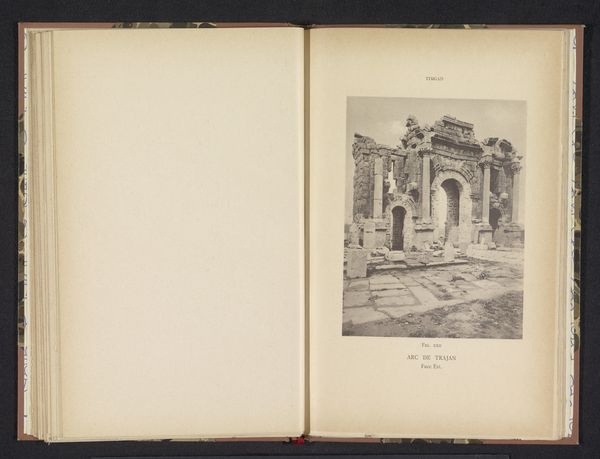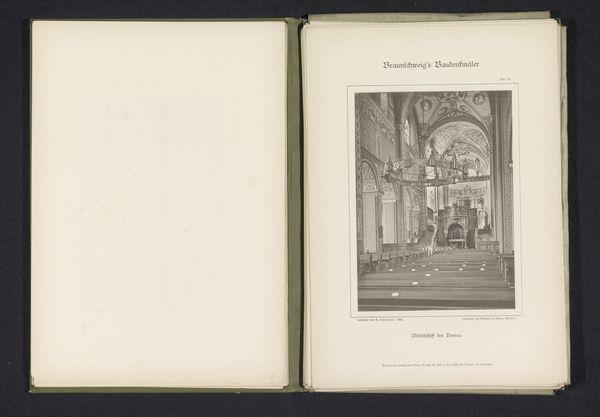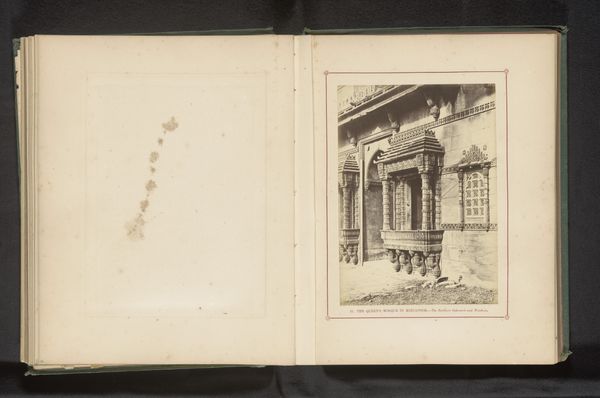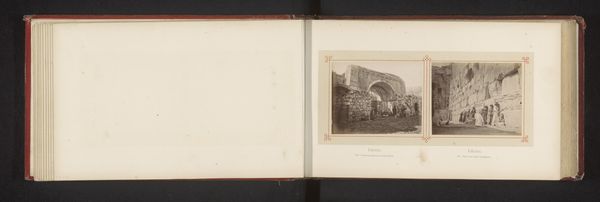
print, photography, albumen-print, architecture
# print
#
landscape
#
photography
#
ancient-mediterranean
#
cityscape
#
islamic-art
#
albumen-print
#
architecture
Dimensions: height 202 mm, width 148 mm
Copyright: Rijks Museum: Open Domain
This photograph of the Tombe van Kootub-i-Alum in Batwa, Ahmedabad, was taken by Thomas Biggs, likely in the mid-19th century. As a photographic print, its material presence resides in the contrast between light and shadow, captured through a process involving light-sensitive chemicals and careful timing. Consider this: the very act of photography—freezing a moment in time—reflects a distinctly modern sensibility, driven by technological advancement. Unlike a painting laboriously built up brushstroke by brushstroke, or a sculpture painstakingly carved, photography offered a seemingly objective snapshot, a slice of reality made quickly and efficiently. Yet, don't let this apparent ease fool you. The photographer still had to choose the angle, frame the composition, and master the technical challenges of the equipment. And just as importantly, Biggs was participating in a system of representation, framing a view of India for a Western audience. So while the photograph feels immediate, it's also deeply embedded in social and cultural contexts. It prompts us to question what it means to "capture" a place, and how those images circulate.
Comments
No comments
Be the first to comment and join the conversation on the ultimate creative platform.
